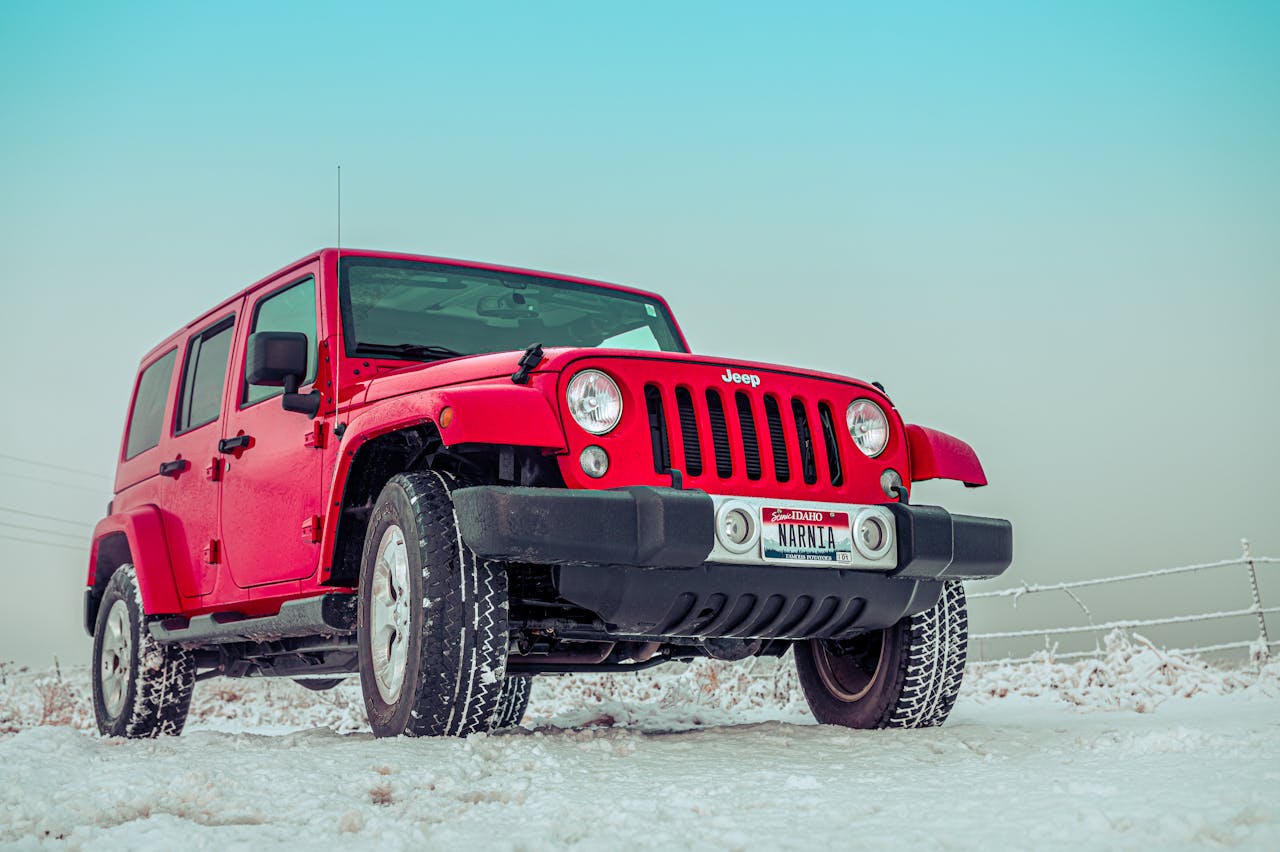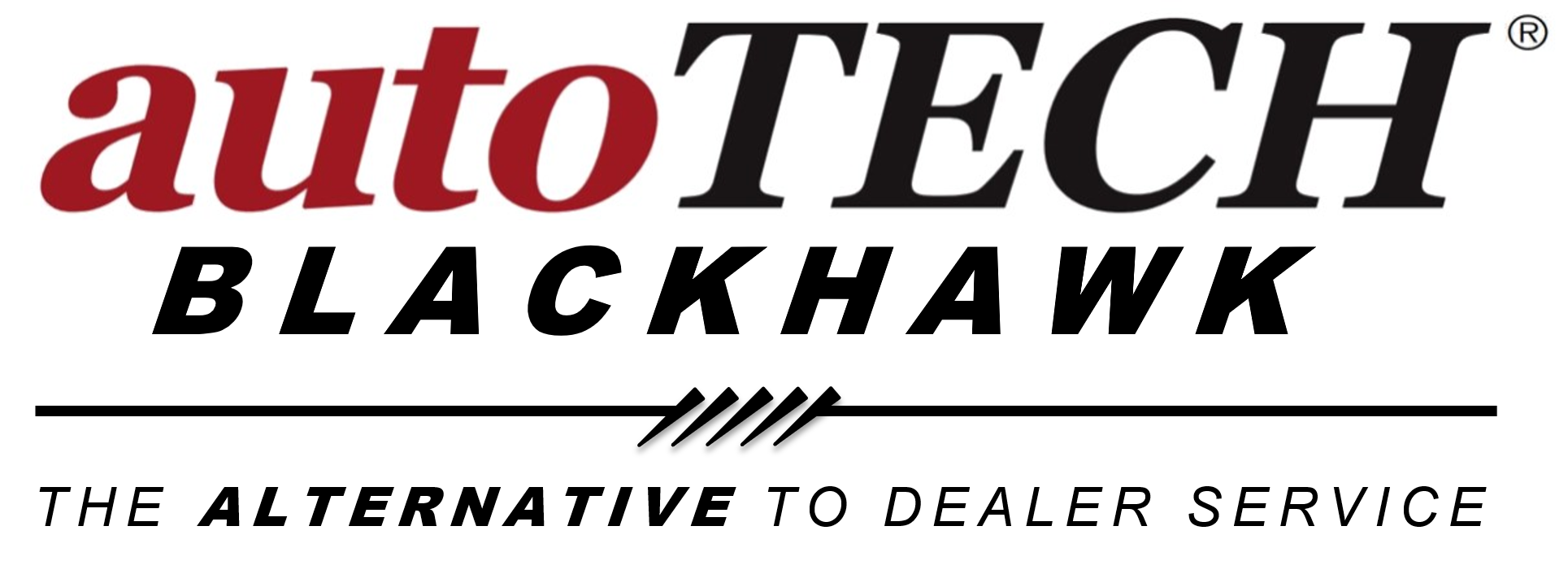Key Takeaways
- Leading professionals agree that when done correctly, tire balancing will prolong your vehicle’s performance, handling, and ride comfort. Unbalanced tires will lead to uneven wear of the tires themselves and can prematurely damage suspension components over time.
- Professionals use specialized equipment and follow systematic processes, such as inspecting tires, mounting them on balancing machines, and placing weights accurately, to achieve optimal results.
- It’s easy for DIY tire balancing to go off the rails. The top DIY pitfalls are wrong measurements, equipment not properly calibrated, and weight in the wrong place. These mistakes can cause long-term tire imbalances and serious safety hazards.
- These advantages provide a longer tire life, improved fuel efficiency, and enhanced driving safety, all of which greatly outweigh the average service expense.
- DIY rewarding Pros know it can be tempting to try to balance tires yourself or with cheaper specialty tools. The value of professional services comes in the form of long-term savings and peace of mind.
- Regular maintenance, including tire inspections and professional balancing, is essential to prevent premature wear, maintain vehicle handling, and ensure a comfortable ride.
Professional balancing goes far beyond the DIY method, using computer machines to measure and correct weight imbalances in a tire and wheel assembly. This process, performed by professionals, keeps rotation even on all tires, avoiding vibrations and creating a much more pleasant driving experience.
Pros use precision tools such as spin balancers to single out even the tiniest discrepancies. They compensate for these discrepancies by bolting or welding small lead weights to predetermined positions on the rim. Most DIY attempts fail because do-it-yourselfers lack the proper equipment.
Without guesswork, tires can wear more evenly, with better handling and less fuel consumption. Getting a proper balance goes far beyond just extending the life of your tires—it means better road safety and comfort, too.
In the coming pages, we’ll walk you through that process and illustrate those unrestored pros’ reasons for leaving it in the hands of experts.
How Do Pros Balance Tires?
Professional tire balancing is based on an organized practice focused on getting accuracy and maximizing tread life. Compared to DIY techniques, their method better combines specialized equipment, standardized procedures, and manufacturer specifications for maximum efficacy.
Inspect Tire And Wheel Condition
The first step is a thorough examination. Pros look at their tires for any visible signs of damage like cuts, uneven wear, or bulging. They check for any bends or cracks in wheels that may make your tire out of balance.
Tire pressure is checked and set to the manufacturer’s spec because improper pressure can throw off balancing accuracy.
Mount Tire On Balancing Machine
The tire is clamped tightly onto a calibrated balancing machine, eliminating any risk of movement during the process. Various wheel types dictate mounting methods, making certain that the method matches the aesthetic purpose.
Spin The Wheel To Measure Imbalance
The machine spins the mounted wheel to find the imbalances. High-tech balancing monitors quickly identify areas that require correction, while taking detailed measurements to provide a baseline for future reference.
This step is an important first stage in solving problems such as vibration.
Interpret Readings From Balancer
Technicians review existing data from the balancer to know exactly where to place the weight. These readings directly affect tire performance, informing adjustments and corrections that need to be made.
Attach Wheel Weights Precisely
Weights are applied equally to all tires. To take one example, Lloyd Hair at Keen Transport won’t bother to balance a tire unless it requires more than 16 ounces of weight!
Once proper placement is established, final adjustments are made.
Re-Spin And Verify Balance
A final spin on the balancer verifies that balance. If everything isn’t spot on, then they take turns making minute adjustments until everything lines up dead-on.
Road Force Variation Minimization
Road force balancing, or matching, measures tire response under load to take care of performance problems. Adjustments are specific to maximize performance, usually protecting the help to prolong tire life.
Final Inspection And Adjustments
In the bindery, technicians conduct a final inspection, making sure that everything is tight and in order. The entire process is recorded for future reference, creating a repeatable standardized process for consistent tire performance throughout the life of the tire.

DIY Tire Balancing: Where It Goes Wrong
Although balancing tires may appear to be a simple task, it’s a complex procedure that demands accuracy, the proper equipment, and knowledge. Here are a few ways where DIY attempts go wrong, putting safety, performance, and even fuel economy at risk.
Common Measurement Inaccuracies
Tire balancing is where precision training begins. Using uncalibrated tools or visual estimates every time increases the chance of mistakes.
One example would be improper measurement of tire weight distribution, leading to a permanent imbalance that creates vehicle vibrations.
First and foremost, accurate balancing requires equipment that is calibrated and accurate.
Inadequate Equipment Calibration
Balancing equipment needs to be calibrated frequently. When not used according to the manufacturer’s specifications or without periodic calibration, tools can provide misleading measurements.
Without a proper container, weight may be placed in the wrong location, making the whole exercise pointless.
Overlooking Tire Imperfections
Frequently, tire defects such as bulges, flat spots, odd wear patterns, etc., become evident during the balancing process and are sometimes overlooked when DIY balancing.
These things play havoc with balance and cause uneven wear. Knowing about and correcting these irregularities in advance, before balancing, is the key to achieving the best results.
Improper Weight Placement
This is why proper weight placement is incredibly important. Not knowing where to place weights or weighing the weights inappropriately (like using 16-ounce weights) can make an imbalance worse.
Using adhesive weights without testing brake caliper clearance can lead to problems as well.
Neglecting Dynamic Balancing Needs
Dynamic balancing, which is very important on modern vehicles, corrects both vertical and lateral movement.
Static methods are not enough by themselves, especially for high-speed performance. Going with dynamic methods makes for a far superior ride.
Risks Of Personal Injury
When done improperly, DIY methods can create dangerous safety hazards. When protective gear isn’t used and a work environment isn’t organized, the potential for worker injury while mounting and balancing tires is even greater.
Potential For Vehicle Damage
Even a slight imbalance will have an enormous impact on costly suspension and steering components.
For example, failing to address runout or a heavy spot on a tire after mounting can lead to vibrations and premature tire damage.
Professional VS. DIY: A Detailed Comparison
Balancing tires is an important procedure that contributes to safe, smooth rides, enhanced fuel efficiency, and lengthened tread life. Although DIY projects can be tempting when trying to save a few bucks, professional tire balancing just can’t be beat for precise, efficient, and overall long-term value.
Equipment Quality And Precision
Professional shops have high-end computerized balancing machines that feel the slightest imbalance and adjust perfectly for best performance. These machines deliver a level of precision that rudimentary DIY tools, such as bubble balancers, aren’t even capable of reproducing.
For example, professional-grade equipment can detect a 0.1-ounce imbalance, which may be undetected using DIY tools. Purchasing professional-grade equipment to step up your DIY game can help enhance your outcome. However, the high price tag makes it infeasible for infrequent users.
Expertise And Training Differences
Specialized training is conducted for experienced technicians. That training allows them to easily spot and take care of problems such as abnormal wear or incorrect weight distribution. Their expertise ensures high quality and consistency every time, a thing most DIYers do not possess.
Only very confident people with a lot of experience in car repairs can manage balancing. For those who don’t know the ins and outs, the process can be extremely difficult. It’s important to remember that only about 20% of car owners can handle difficult tasks such as this one safely and effectively.
Calibration Standards Explained
Additionally, calibration is key. Calibration is often required for accurate results. Professional machines are calibrated with the utmost care, and the calibration is tested continually to ensure quality and reliability.
Homegrown DIY setups usually do not allow for this kind of precision to occur, resulting in less than ideal balancing and engineering catastrophe headed down the road.
Addressing Tire Wear And Weight Distribution
Experienced professionals know how to read different patterns of tire wear and identify the underlying cause of imbalances and fix them properly. By ensuring correct weight distribution, alignment helps prevent uneven wear, prolonging the life of your tires and improving overall driving safety.
Long-Term Performance And Handling
For aerodynamic advantages, balanced tires offer improved handling and tire longevity. While professional services guarantee these benefits, DIY efforts often undermine them.

Cost-Benefit Analysis: DIY VS. Professional
When considering DIY versus professional tire balancing, money is usually the biggest concern. DIY projects may seem like a cost-effective option on the surface. When you look at the monetary and logistical costs, the equation gets a lot murkier.
Initial Costs Of DIY Equipment
For DIY tire balancing, you need to buy the equipment and tools, which makes up a larger upfront cost. A simple, manual tire changer, for instance, might run you $200. However, you may hesitate to stake your rep on its longevity and precision.
Higher-quality equipment can run $1,000 or more, and that’s not even factoring in the other tools required to balance thoroughly. In comparison, professional services are $15-$45 per tire, depending on the shop and other services provided with repairs. This can make doing the balancing professionally more cost-effective if you need to balance tires very seldom.
DIY equipment depreciates quickly, which can cut into the resale value in the future.
Hidden Costs Of DIY Mistakes
DIY approaches involve risks that can result in unexpected costs. When out of balance, tires can cause 80% of tire-related problems. This can lead to premature tire wear, loss of fuel efficiency, and in severe cases, even suspension damage.
These miscalculations can lead to expensive repairs or premature tire wear. Professional shops, with high-tech computerized balancers, take these gambles out of the equation and deliver rock-solid results.
Long-Term Savings With Professionals
Investing in professional services produces measurable long-term savings. Properly balanced tires deliver a lower total cost of ownership by enhancing overall vehicle performance and maximizing tire longevity.
Professionals provide certified expertise, which ensures quality and saves time, completing the job in under an hour compared to several hours for DIY.
Warranty And Liability Considerations
Vehicle warranties may be voided if the vehicle has not been serviced professionally. DIY error, on the other hand, can void warranties and expose owners to the risk of damage.
Beyond material savings, professionals provide additional benefits such as tire disposal, increasing value.
Maintaining Balanced Tires
Proper tire balance is essential for ensuring a smooth ride, getting the best performance from your vehicle, and achieving the maximum lifespan from your tires. If a tire is out of balance, it can result in premature and uneven wear, vibrations, and additional stresses to suspension components. Proper maintenance ensures your tires wear evenly and last longer, adding up to 15–20 percent more life by avoiding irregular wear not caused by outside factors.
Tires do not wear unevenly without an underlying issue, so catching imbalances early will help fleets save time and money. Consistent inspections go a long way in ensuring their balance. Monitoring early warning indicators, such as uneven tread wear or vibration when driving, can help prevent them.
It’s very simple, and you can use it to verify if a wheel is squared up to the hub. This often-overlooked yet critical step is key to keeping tires balanced. Pairing tire balancing with regular tire rotations is an even more effective and inexpensive practice to cure uneven wear patterns and ensure optimal performance. These appointments don’t merely address long-standing issues—they stop future ones from occurring.
Professional check-ups are key to that process. Though at-home DIY methods may be easier, they are not as accurate as professional equipment. Quality wheel balancers, like those made by the Coats Company, provide the precision required to make sure your wheels are perfectly balanced.
Since no two tires or wheels match, using professional equipment minimizes the chance of mistakes. Routine checkups with a mechanic you trust can help you catch tire problems before they become dangerous and costly repairs. This is an investment in overall car safety that makes sense.
Conclusion
Tire balancing plays a key role in keeping your ride smooth, your tires lasting longer, and your car performing at its best. Don’t get me wrong, DIY methods are attractive, and they’re somewhat effective, but the precision and tools pros have at their disposal change everything. These folks do more than just balance tires. They do, however, protect you from uneven wear, vibrations, and damage to other suspension and drivetrain components. Investing in professional balancing will save you money in the long run. It maximizes tire wear and increases fuel economy, saving you money in the long run.
If you’re looking for a better ride, more safety and convenience, and fewer issues in the future, leave it to the experts. It’s a smart, simple way to help protect your investment and maintain cost-effective operations. Focus on professional maintenance, and your vehicle will reward you with a longer life and higher value.
Frequently Asked Questions
1. What Is Tire Balancing, And Why Is It Important?
Proper tire balancing distributes the weight evenly around a tire and wheel assembly. It makes for a smoother ride, avoids damaging vibrations, prolongs the life of the tire, and delivers better fuel consumption.
2. How Do Professionals Balance Tires?
Pros: Professionals let a computerized machine do the work to find imbalances. They will then put small weights on the wheel to counterbalance the distribution, allowing for a smooth and safe driving experience.
3. Why Does DIY Tire Balancing Often Fail?
Without the right equipment, you can’t locate specific imbalances, resulting in premature tire wear, vibration issues, and other safety concerns.
4. How Can I Tell If My Tires Are Unbalanced?
Signs your tires need balancing. If you experience any of the following, it may be time to have your tires balanced.
5. How Often Should Tires Be Balanced?
Usually, tires should be balanced every 5,000 to 6,000 miles or any time you begin to feel vibrations or see uneven tread wear. It’s advised anytime tires or wheels are replaced with new tires or wheels.
6. Is Professional Tire Balancing Worth The Cost?
Yes. Having your wheels professionally balanced saves time, is more accurate, makes your vehicle safer, keeps tires from prematurely aging, and makes driving more pleasant. It’s not a big outlay for big returns down the road.
7. Can Improper Balancing Damage My Car?
Yes. An unbalanced tire can lead to premature damage to suspension components, uneven tire wear, and decreased fuel economy. Over time, this can cause expensive repairs.
Rev Up Your Ride With Expert Car Tire Balancing!
Experience the excellence of autoTECH Blackhawk in the realm of car tire balancing. Why choose us for your vehicle’s car tire balancing needs? Our standout feature is our unwavering dedication to building strong relationships with our clients, a crucial element in the specialized field of car tire balancing. This commitment forms the cornerstone of our tailored services, ensuring our solutions align with your specific goals for safety, efficiency, and long-term tire health.
Whether you’re dealing with vibrations, uneven tread wear, steering wheel shimmy, or simply seeking expert advice on how to maintain your tires’ integrity, autoTECH Blackhawk is here to exceed your expectations. We take immense pride in our industry-leading 3-year/36,000-mile warranty and our commitment to using only high-quality, manufacturer-recommended parts and components.
Don’t hesitate to contact our friendly team today to schedule a convenient and contactless consultation for your car tire balancing needs!


